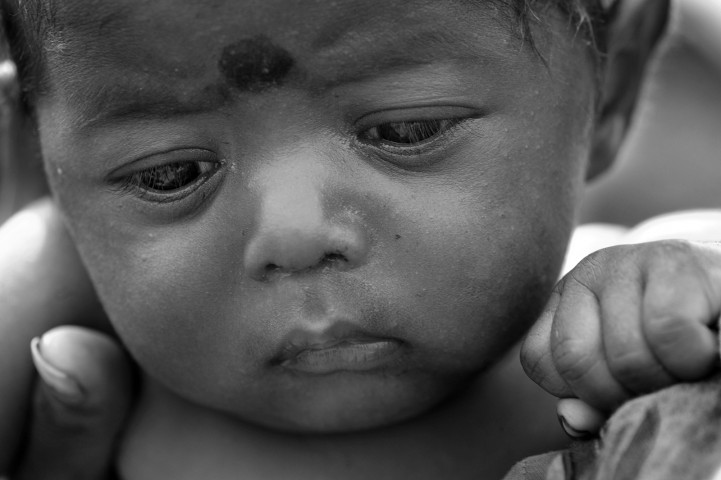
Photo: Donna Todd | Calcutta Rescue | Flickr
Though India faces a severe challenge in curbing malnourishment, it seems that the Indian government can’t be bothered to study the problem. Despite very visible changes in the economy, lifestyle and food habits of the nation, the government has not conducted a nutritional survey in over a decade. Several other periodic government studies on health and nutrition have also fallen behind schedule. This lack of nutrition data can have a negative impact on policy-making and lead to poor implementation.
For example, there are vast differences in the nutritional quality available to children in urban areas and those in rural and remote areas in a state. This means that nutritional data is needed on a district level to tackle malnutrition. State-level data cannot reveal the areas within the state that need the most attention. Yet the last district level nutritional survey in India was done 13 years ago, in 2002. Therefore, there is too little [nutrition] data for policymakers, according to Pronab Sen, National Statistical Commission chairman.
The lack of up-to-date nutrition data also affects operations on the ground. A government welfare programme meant to tackle malnutrition in mothers and children, called the Integrated Child Development Services (ICDS), operates in almost 200 underprivileged districts. Each district is supposed to formulate a project implemnatation plan (PIP), but ICDS personnel are currently working with with 13-year old data.
There is desperate need for new National Family Health Survey (NFHS) data. The first NFHS survey was in 1992-93. The next one took place in 1998-99 and the third round was in 2005-6. Field work for NFHS-4 is currently underway but the district level data may only be available in 2016.
The Economic Times reports that even though information from the Rapid Survey on Children (RSOC), carried out by UNICEF and the women and child development (WCD) ministry in 2013, was sent to the health ministry for review about six months ago, nothing has been officially released since.
UNICEF has been governments around the world in gathering data to help shape policies to benefit women and children over the last 20 years. The organization carries out what it calls Multiple Indicator Cluster Surveys (MICS) in over 100 countries, and India could benefit greatly from this study. However, the government backed out of the collaboration in the year 2000 after completing two rounds. Neighbouring countries such as Bangladesh, Pakistan and Nepal, which have lower growth rates than India, have since conducted two rounds of surveys to gather nutrition data on their population with the help of MICS.
The issue of malnutrition needs immediate attention in India. About 40%, maybe more, of children in India are stunted stunted, a term used to refer to children who are severely short in height for their age group. The percent of children under 5 years classified as wasted, meaning having abnormally low weight for height, is 15% in India, whereas it is 5% or under for most poor countries. While these numbers are an improvement, the decline is not enough to meet global health targets. More data can lead to better policy and implementation.
Share your thoughts on malnutrition, leave a comment below. Please like FamiLife’s page on Facebook so that you get all our articles and others may find us.
